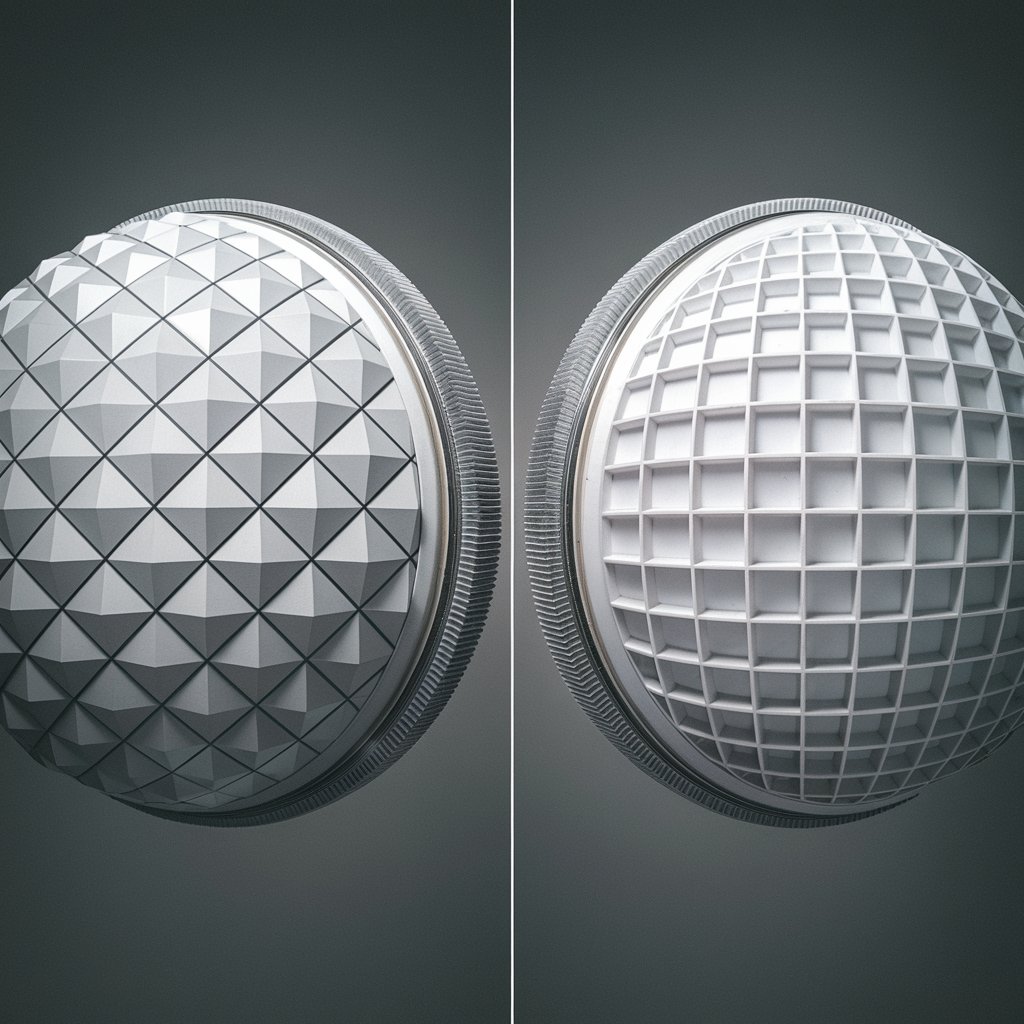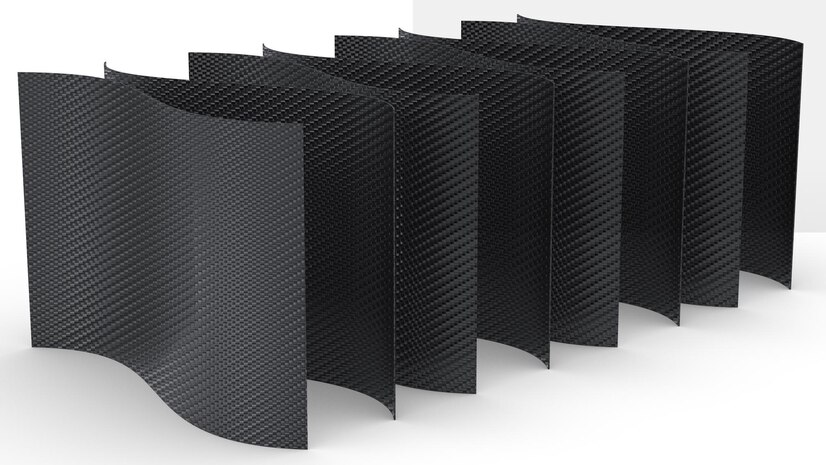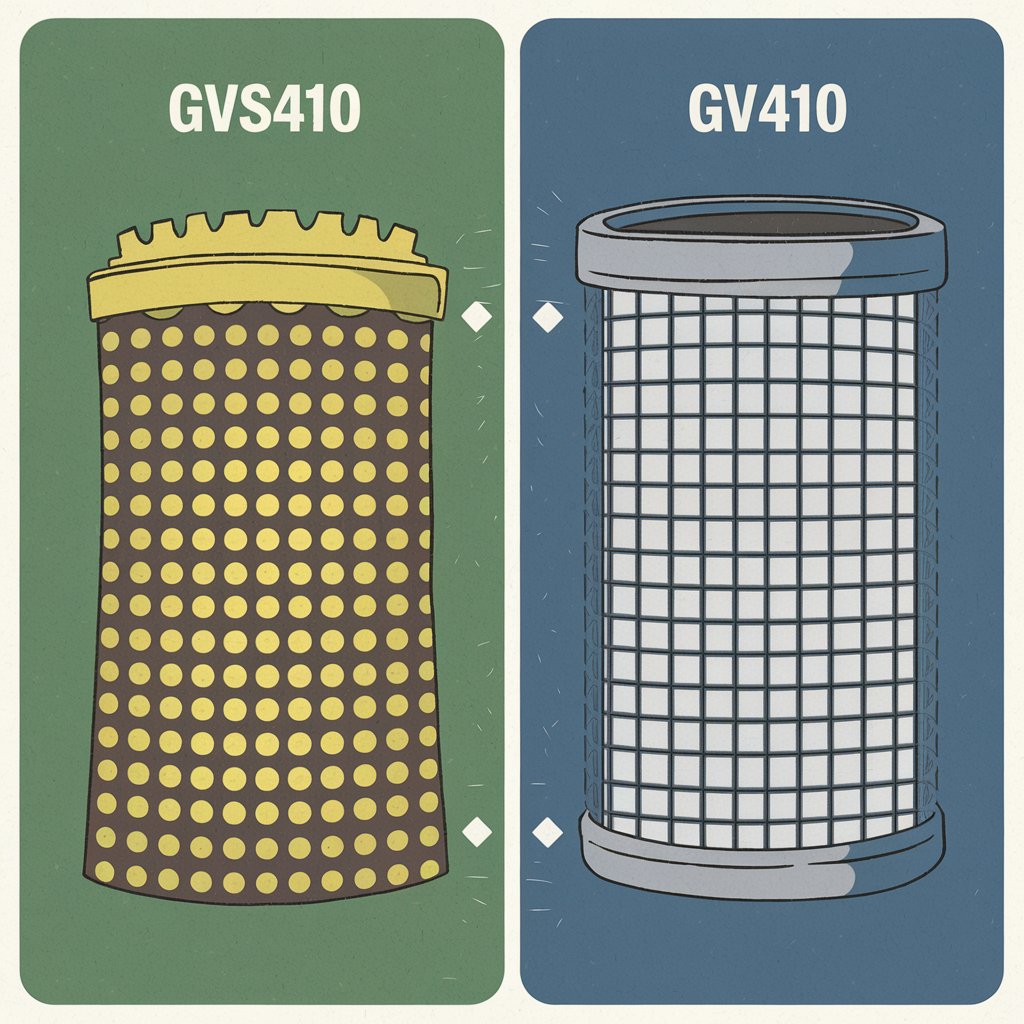When it comes to understanding the gvs410 et gv410 difference, it’s all about knowing which one fits your needs. These two products may sound similar, but they have unique features that set them apart. Whether you are working on a big industrial project or a small DIY task, knowing the difference can help you make a smarter choice.
The gvs410 is a filter designed for higher efficiency, making it ideal for fine particles in tough environments. On the other hand, the gv410 focuses more on general use, giving a good balance of comfort and protection. Let’s dive deeper into their similarities, differences, and how to pick the right one for your needs!
Why Understanding the GVS410 et GV410 Difference Matters

Knowing the gvs410 et gv410 difference is important because the wrong choice can affect your safety and productivity. For example, if your work involves harmful particles, a filter like GVS410 offers better protection. Ignoring these differences can lead to health risks or reduced efficiency.
Every filter has its strengths. GVS410 provides advanced filtration and is suitable for industries like healthcare or manufacturing. GV410 is perfect for lighter tasks, such as home renovations or general cleaning. Each product serves its purpose when used correctly.
Being informed about these differences also helps you spend wisely. A filter designed for heavy-duty use may be unnecessary for smaller tasks, while the wrong choice might not provide adequate protection. Knowing their unique roles ensures a safer and smarter decision.
How Are GVS410 and GV410 Similar? Key Features to Know
Despite their differences, GVS410 and GV410 share some common features that make them reliable options. Both filters are built with durable materials that ensure long-lasting performance. Their designs focus on offering comfort while maintaining high efficiency.
Another similarity is their certification. Both meet quality standards, ensuring users get dependable protection. Whether you choose GVS410 or GV410, you can trust their ability to handle airborne particles.
Additionally, they are user-friendly and easy to operate. Clear instructions make it simple for even beginners to use these filters. This ease of use makes them accessible for various applications, regardless of experience.
The Real Differences Between GVS410 and GV410 Explained
The gvs410 et gv410 difference becomes clear when you compare their specific features. GVS410 excels in filtering tiny particles, making it ideal for industries that demand precision. Its lightweight design allows for comfortable long-term use.
GV410 focuses more on flexibility. It provides a balance of protection and comfort, making it suitable for general use. While it may lack the advanced features of GVS410, it still offers dependable performance for everyday tasks.
Price is another factor that sets them apart. GVS410 is often more expensive due to its specialized features, while GV410 offers a budget-friendly option for lighter needs. Your choice depends on your priorities and how much you’re willing to invest.
How GVS410 et GV410 Work in Real-Life Scenarios
Channels like GVS410 and GV410 have functional applications in many fields. In medical settings, GVS410 is a common choice for its ability to filter out harmful pathogens. It guarantees security for the two patients and experts.
In industrial environments, GV410 is widely used to protect workers from dust and fumes. Its durable build makes it a reliable option for heavy-duty tasks. This adaptability shows its value in various scenarios.
Both filters can also be used in DIY projects. Whether you’re sanding wood or painting a room, these products provide essential protection. Their versatility makes them useful in everyday life.
Tips for Picking the Right Filter Based on GVS410 et GV410 Difference

Choosing the right filter means understanding your specific needs. Start by identifying the type of environment you’ll work in. GVS410 is ideal for dangerous regions, while GV410 is perfect for lighter undertakings.
Comfort is another important factor. Both filters fit differently, so trying them on before purchase can help. A well-fitting filter ensures safety and better focus on your work.
Also, consider your budget. Investing in GVS410 might be worth it for demanding jobs, while GV410 offers value for smaller projects. A thoughtful choice ensures both safety and satisfaction.
Exploring Other Options Beyond GVS410 and GV410
If neither GVS410 nor GV410 fits your needs, exploring other filters can help. Products like GVS420 offer advanced features for highly specific tasks. Comparing options ensures you find the right fit.
Accessories can also enhance performance. Replacement filters or additional attachments may improve usability and efficiency. Look for high-quality add-ons to maximize your investment.
Researching reviews and alternative brands may uncover hidden gems. Sometimes, the perfect filter is just a little research away. Keep your options open to find the best solution.
Related Options:
- GVS420: Designed for fine particulate filtration
- Alternative Brands: Unique filters for specialized tasks
- Helpful Accessories: Attachments for better performance
By considering alternatives, you can ensure you find the product that meets all your requirements.
Conclusion: Choosing the Right Filter Made Simple
Understanding the gvs410 et gv410 difference is important for picking the right filter for your needs. GVS410 is great for tough jobs where tiny particles need to be filtered, while GV410 works well for everyday tasks. Each filter has its strengths, and knowing how they’re different helps you stay safe and get the job done right.
When making your choice, think about where and how you’ll use it. If you need strong protection, GVS410 is the way to go. For simpler tasks, GV410 is a smart and affordable option. Always choose based on your work needs, comfort, and budget. This way, you’ll have the right filter every time!



